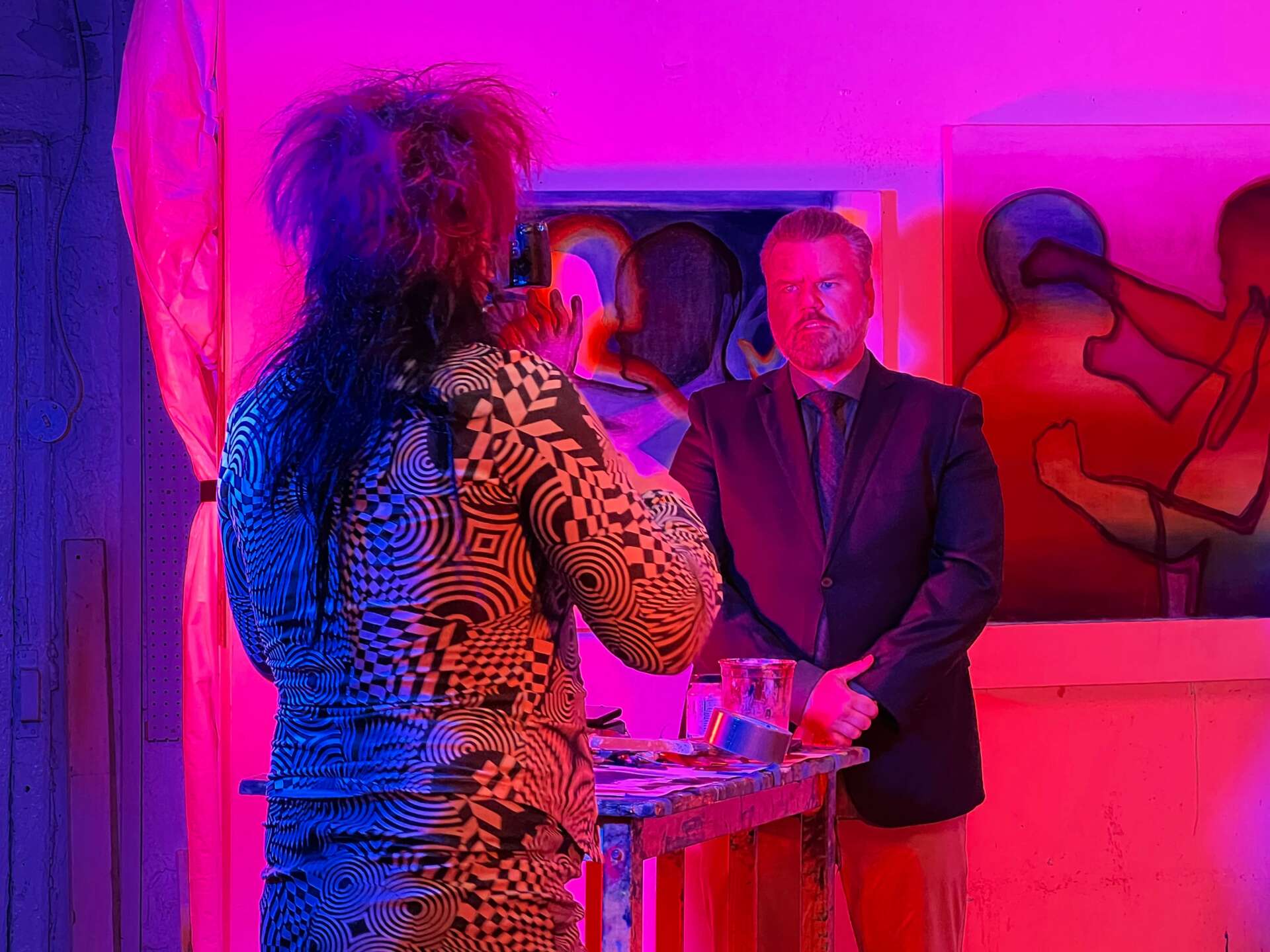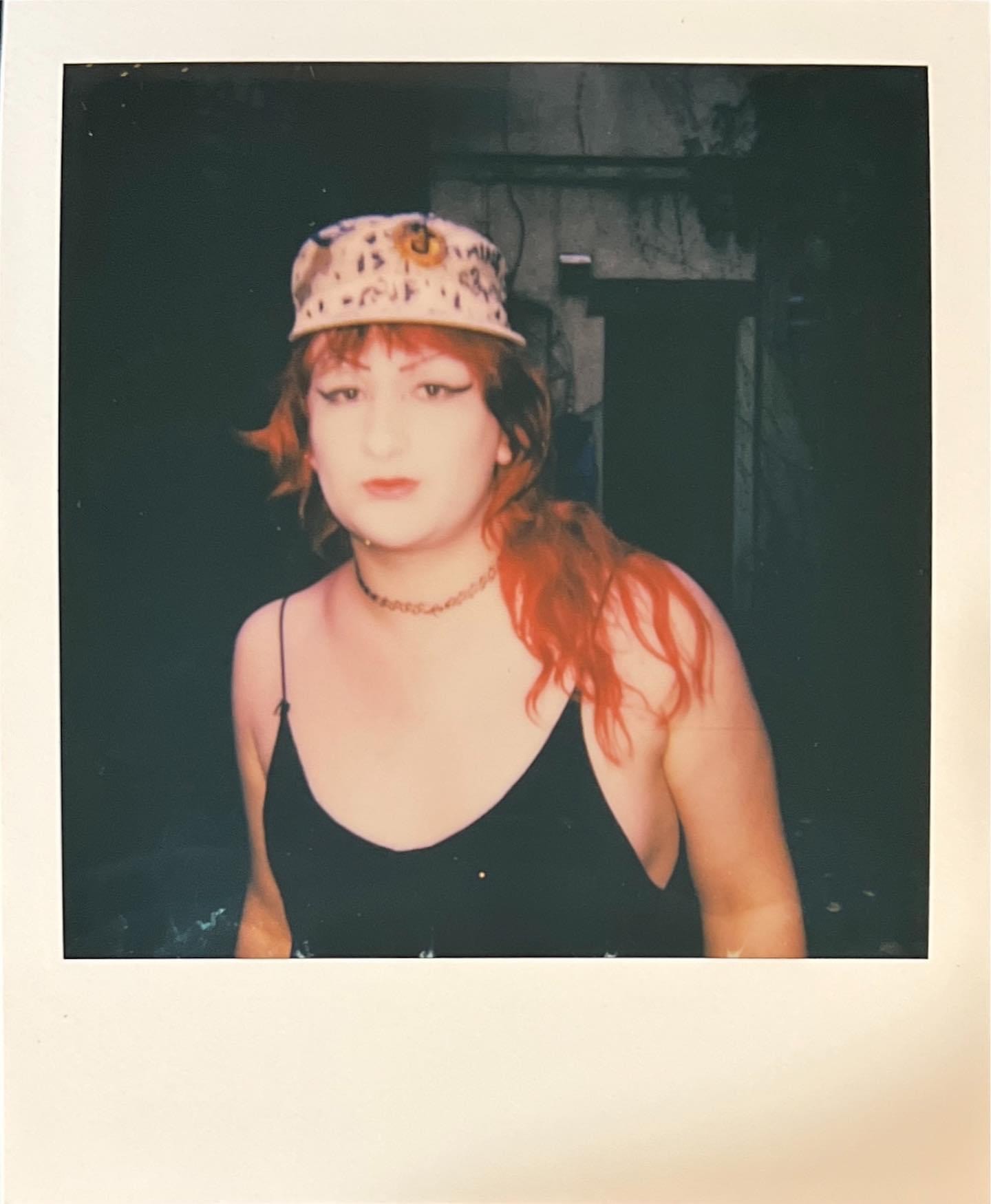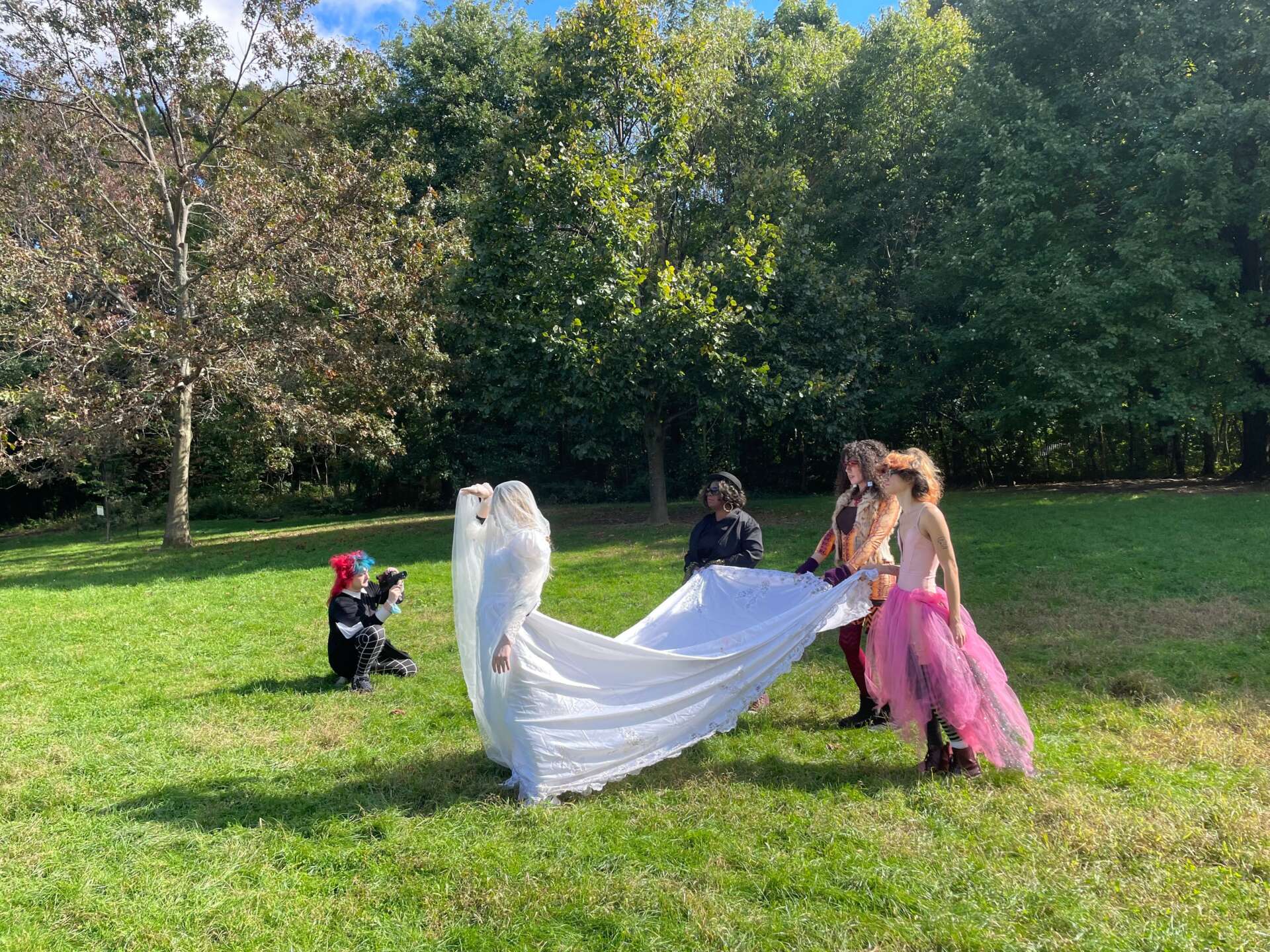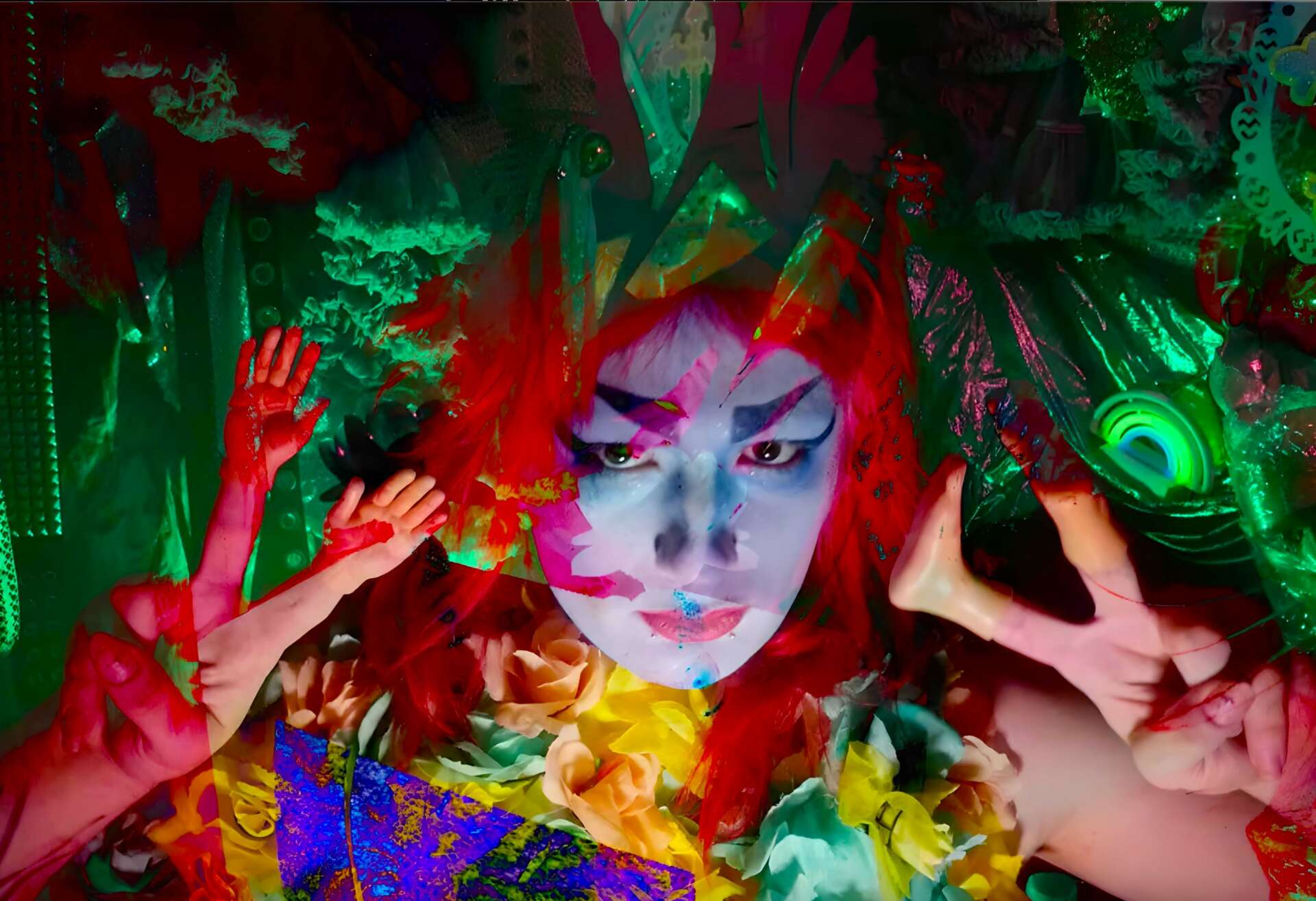Alright – so today we’ve got the honor of introducing you to Dylan Greenberg. We think you’ll enjoy our conversation, we’ve shared it below.
Dylan, thanks for joining us, excited to have you contributing your stories and insights. We’d love to hear about when you first realized that you wanted to pursue a creative path professionally.
I first realized I wanted to pursue a creative path at a young age, perhaps as early as my very first memories, when I became possessed by what I call “the great mystery”. Whenever I saw a title flash on a screen, an image cut from one to another, I questioned how this was done. I began to recognize idiosyncracies in the media I was surrounded with from the time I was very young; I wanted to know how and when everything that fascinated me was created, by who, and how could I replicate it? There have been certain magical moments in which I am once again confronted with “the great mystery” and I can almost physically feel a spark go off in my head. It is then that I know I am blessed to know very little. Every creative step I have taken has been because I am excited to learn. I never want to stop learning as long as I live.


Awesome – so before we get into the rest of our questions, can you briefly introduce yourself to our readers.
I am a director, having made several feature films, with a new feature film, Spirit Riser, premiering in March. My main income comes from directing music videos. My work as a music video director has been featured in Rolling Stone, Consequence of Sound, and on national television in three continents. Most recently, a video I directed for The Josephine Network was featured on ABC TV’S legendary television program “Rage” in multiple rotations. I am also a songwriter, musician and performer, and I am the co-founder of a band called Theophobia. I create videos for the band, as well as colorful visuals that I often have screened behind us, venturing further into my fascination with “video art” vs “filmmaking”, a line I frequently like to blur. Although I have always made art on my own terms from a very young age, my first introduction to the professional world of film was through Troma, the legendary independent film company that has produced such films as The Toxic Avenger. I began working for them at age 17, and became a full time employee before I graduated high school. Many filmmakers cite Troma, a now almost 50 year old fully independent studio, as their stepping stone to larger aspects of the industry, and I am certainly one of those people. Eventually I began getting work as a freelance music video director, starting with True Groove Records, a company that currently has co produced my upcoming feature film Spirit Riser. I still work with Troma and recently composed the instrumental scores for their feature film “Kill Dolly Kill” directed by Heidi Moore, which premiered at Fantastic Fest this year.
As for what I am most proud of, I think it’s that over the last few years, I have grown a lot stronger as a director, and really have a clear idea of what I want. I also feel proud of my recent stabs at combining the future and past of the medium in the present. For instance, I taught myself how to integrate green screen footage into CGI environments, which allowed me to make the music video Islands in the Sky for Death Valley Girls completely remotely, and still have it retain my style and creative choices; conversely, I have taught myself how to shoot on Super 8 film, a beast I feared I would never be able to conquer even one year ago. I am currently working on a video in which I combine these two mediums. I want to show the world and potential collaborators that I’m able to be extremely versatile in what I’m able to create while also having a really strong signature vision; I never want to be typecast as one “type” of director but ultimately I also want my style to be recognizable; I think I’m getting there.

What can society do to ensure an environment that’s helpful to artists and creatives?
In America, I have observed a frustrating lack of interest in anything offbeat. While this isn’t entirely absent from the rest of the world, I think in America there is a very hierarchal way of viewing art; if it isn’t associated with a recognizable “brand”, the work is ignored. On that front, I think we could collectively benefit from doing away with this apathy, and let ourselves embrace the foolishness of enthusiasm. Great communities are never built on being “too cool”. On a related note, I think our government should put a lot more money into the arts, and grants should consist of far more than what essentially boils down to a lottery. Ultimately, really great personal art doesn’t come from a foremost desire to profit.

Have any books or other resources had a big impact on you?
The book “Ray Harryhausen: An Animated Life” was a major influence on my mind. When I was about 9 or 10, this book was essentially my bible. I carried the hardcover edition nearly everywhere I went for years. I just looked it up and it’s now very expensive; I hope that future generations are able to access such a wonderful book from one of the greatest stop motion artists to ever live. Ray’s films were a part of that “great mystery” that drove me to always ask the question “how did they do that?” The way he combined the real with the impossible in such a human way with his use of models combined with live action was truly awe inspiring. He inspired so many people to make their dreams a tangible, flickering reality; it’s a beautiful thing.
Contact Info:
- Instagram: instagram.com/dylanmarsgreenberg
- Other: For any and all professional inquiries: [email protected]
Image Credits
Tate Hoffmaster Ward 8 Studios Eliah Eason Daniel Wisner


